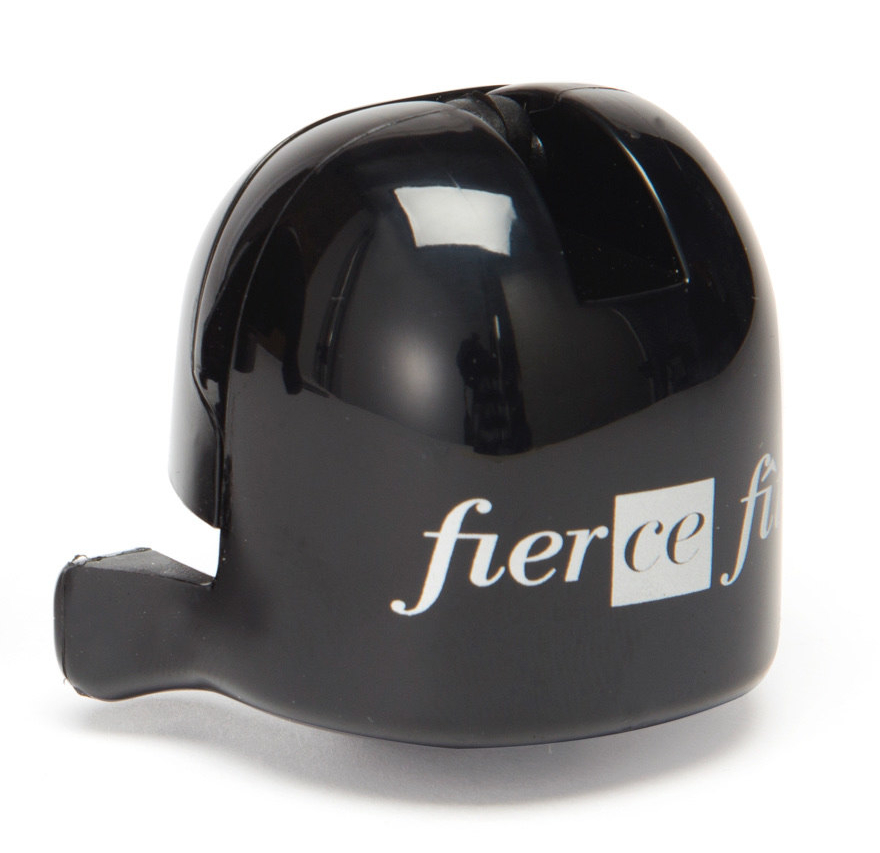A Guide to Champagne Rosé
Champagne Rosé represents one of the most fascinating and seductive expressions of this effervescent world, beloved for its color, elegance and complexity. Discover the irresistible charm of our Champagne Rosé in our boutique!
Let's explore what this Champagne is and how it is processed.
WHAT IS THE CHAMPAGNE ROSÉ
The Champagne Rosé is a Champagne that has a distinctive pink color, which can range from pale hues to more intense salmon tones. This color is the result of specific winemaking techniques involving red grapes. `
Beyond color, Champagne Rosé is distinguished by its rich flavor profile, often marked by notes of red fruits such as strawberries, raspberries and cherries, as well as nuances of citrus, flowers and sometimes delicate spices.
Its complexity and versatility make it suitable for different drinking moments, from tasting to aperitifs to pairing with a wide variety of dishes.
HOW IS IT ELABORATED
Rosé Champagne can be made by two main methods: assemmblage and maceration (or saignée).
Each method imparts distinctive characteristics to the resulting Champagne.
- Assemblage method
This is the most common method. After separate vinification, a small amount of red wine, about 5-20%, is added to the base white wine before the second fermentation in the bottle.
The red wine used is produced specifically for this purpose, from grapes grown in Champagne (Pinot Noir or Meunier vinified red).
This process not only gives the wine its rosé color but also enriches the flavor profile of Champagne, adding complexity and red fruit notes.
- Saignée method
Fascinating and less common because of its complexity of processing, the saignée method involves a short maceration of red grapes, during which the skins release color and aromas into the must.
After maceration, the must is "bled" (hence the term "saignée") and fermented to produce a rosé-colored Champagne. This method tends to produce Champagnes Rosé with greater aromatic intensity and richer structure, making them particularly suitable for aging.
SOME HISTORY
The Champagne Rosé, whose origins date back to the 17th century, bears witness to the evolution of winemaking in Champagne.
- Originally, Champagne was darker than it is today, rosé in fact, due to primitive winemaking techniques that didn't allow the must to be completely separated from the skins of black grapes.
- With the evolution of winemaking techniques and the introduction of wine clarification, Champagne producers began to produce increasingly lighter wines. However, rosé Champagne retained its place and became a distinctive product thanks to two main methods: the blending of red and white wine and the maceration of skins.
- The 19th century marked a turning point with the growing popularity of Rosé Champagne among the European aristocracy and nobility, who made it a symbol of refinement and social status, often associated with celebrations and special occasions. The ability to control color and flavor through increasingly sophisticated winemaking techniques contributed to its appeal.
- In the 20th century, innovation and marketing consolidated its prestigious role. Today, appreciated for its quality and complexity, Champagne Rosé is synonymous with celebration and refinement, embodying the history and excellence of Champagne.
The Champagne Rosé seduces us with its balance of elegance and complexity, offering a unique sensory experience.
Whether through blending or maceration, Champagne Rosé continues to enchant connoisseurs and wine lovers the world over, remaining a symbol of celebration and sophistication, perfect for celebrating our special occasions or adding a touch of luxury to our everyday moments.
Particularly during Valentine's Day celebrations, Champagne Rosé takes on an even deeper meaning, becoming the ideal companion for expressing love and affection. Its vibrant pink hue and delicate bubbles evoke the passion and emotion of this day dedicated to lovers, making it an essential toast to a romantic evening, a symbol of union and celebration of love.

 My bag
My bag
 The Boutique
The Boutique
 Login
Login


